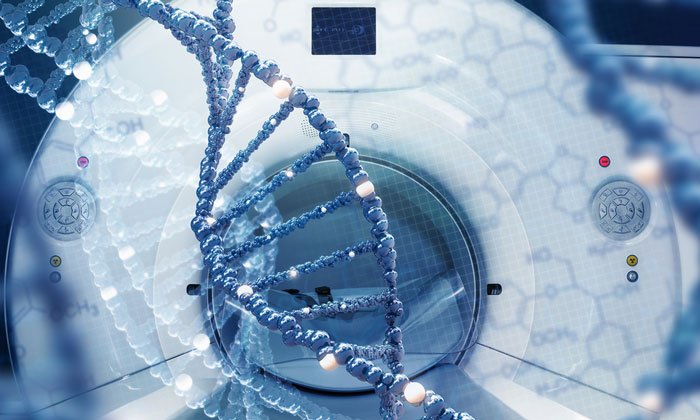Flexible new method for early cancer diagnosis
Posted: 25 May 2017 | Niamh Marriott (Drug Target Review) | No comments yet
Investments are now being made to roll out this innovation across healthcare and broaden the scope of the research in this field.


Earlier discovery of cancer and greater precision in the treatment process are the objectives of a new method developed by researchers at Sahlgrenska Academy and Boston University.
“We can screen at-risk patient groups, and we also plan to spot the cancer patients who are relapsing so that we can adapt their treatment,” says Anders Ståhlberg, docent in molecular medicine and corresponding author for two articles about the method.
Imaging techniques
The technique was created based on the fact that people with cancer also have DNA from tumour cells circulating in the blood, molecules that can be discovered in a regular blood sample long before the tumour is visible via imaging such as tomography, MRI, X-ray and ultrasound.
The researchers have now increased the sensitivity of detecting tumour DNA in blood thousand-fold by eliminating the background noise from the measurements using “DNA barcoding”.
Ready for patients
“One of the benefits of the technique is that it makes use of available instrumentation, which means it can be applied in most labs. We are not first in the world to show that barcoding concept works, but in our case we have developed a fast and flexible method that is simple, flexible and cost-effective to use,” says Anders Ståhlberg.
Ståhlberg and his colleagues talk about how the ultra-sensitive mutation analyses find individual tumour cell molecules among 10,000 healthy molecules.
Supporting partners
The method is now also being implemented as a generic platform at Sahlgrenska University Hospital by the Wallenberg Center for Molecular and Translational Medicine at University of Gothenburg, in close collaboration with the hospital, and with the backing of Astra Zeneca and Region Västra Götaland.
“The method has major potential and should soon be ready for patients. However, first the application need to be tested on patient material in clinical studies, there really is no way around that,” says Göran Landberg, professor and director of the Wallenberg Center, who has the task of bringing research and clinical work together.
“We work together closely both at the hospital and the university, and with Astra Zeneca. These efforts are completely in line with our ambitions,” says Göran Landberg.
Customised treatment
Screening of at-risk groups for certain types of cancer, leading to earlier diagnosis, is being described as an area with major potential, both with regard to saving lives and saving money within healthcare. No tissue samples are needed for the method, and the tumour does not even need to be located.
It can also be used in the calibration of chemotherapy treatments, and help to avoid problematic under- and overdosage. It can also be used to discover whether a patient is becoming resistant to a certain cancer drug, according to Anders Ståhlberg.
“There is a great need for something like this in this area. After all, targeted treatments work well for some patients at the moment, but not others. We hope to be able to find out how well a treatment is going, detect relapses at an early stage and improve our options with regard to changing treatments,” he says.
Related topics
Imaging, Magnetic resonance images (MRI), Molecular Biology, Molecular Modelling, Molecular Targets, Protein, Protein Expression, Proteomics, Screening, Target Validation, Therapeutics
Related conditions
Cancer
Related organisations
AstraZeneca, Boston University, Region Västra Götaland, Sahlgrenska Academy, University of Gothenburg
Related people
Anders Ståhlberg, Göran Landberg



